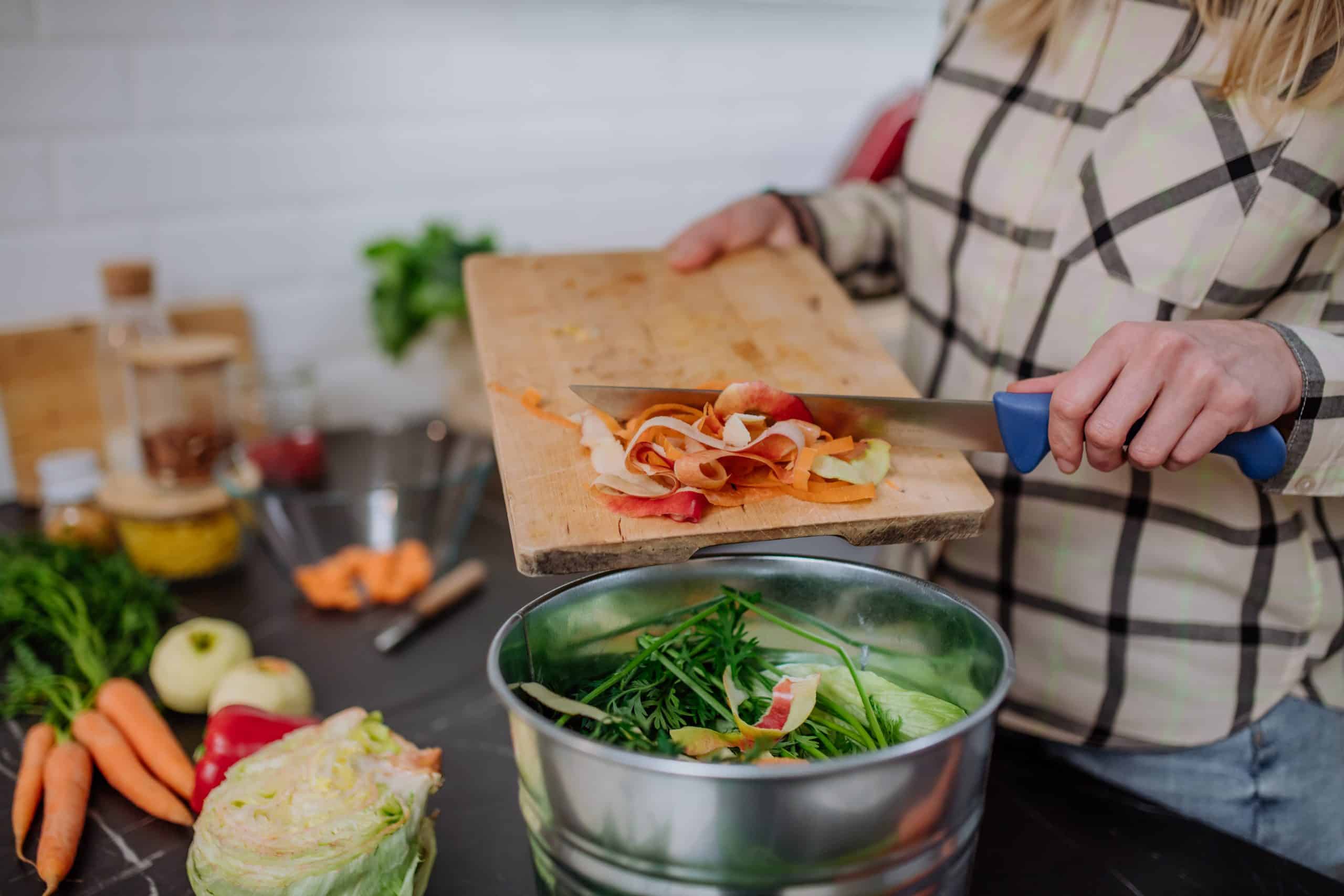Preventing food waste in the kitchen is crucial both for environmental and economic reasons. Minimizing food waste helps conserve nature and also protects the family budget. Every year, tons of food are thrown away, but with a bit of creativity and planning, this can be avoided. In this post, we will share how you can create delicious and practical recipes using leftover food, reducing waste in the kitchen.
1. Recognizing the Value of Leftovers: Turning Scraps into Treasures
Leftovers often end up in the trash, but they can actually be the key to creating great meals. For example, leftover rice from the previous evening can be used to make a delicious vegetable fried rice. The dryness of the rice makes it perfect for stir-frying. You can combine leftover vegetables with soy sauce and eggs to prepare this simple yet satisfying dish. Similarly, using stale bread is a great way to prevent waste. You can make baked bread patties or bread pudding from stale bread. Combine the bread with milk, eggs, and some cheese, bake it, and you’ll have a practical and tasty dish.
2. Saving Fruits and Vegetables
We often tend to throw away fruits and vegetables when they start to soften. However, you can save them by incorporating them into different recipes. For instance, instead of discarding soft bananas, you can make banana bread. These recipes usually turn out even better with overripe bananas. Similarly, vegetables that have been sitting in the fridge for a while, such as carrots, zucchini, or potatoes, can be used in soups or casseroles. Creamy vegetable soup is an excellent option here. Simply boil the vegetables, blend them, and season with milk and spices for a flavorful dish.
3. Creating New Meals from Leftovers
You can transform leftover pasta or boiled chicken into a brand-new meal. For instance, you can use leftover boiled chicken to make a chicken salad. Mix it with greens, olive oil, and lemon juice for a light yet nutritious meal. Leftover pasta can be baked the next day as cheesy pasta. Mix the pasta with a cheese sauce and bake it for a fresh, new dish. This way, the meal can be extended for an extra day, preventing waste.
4. Planning and Storage Methods
One of the most important steps to prevent waste in the kitchen is meal planning. By creating weekly meal plans, you can determine exactly how much food you need and avoid unnecessary purchases. Proper food storage also plays a key role in reducing waste. For example, wrapping vegetables in a damp cloth keeps them fresh longer, while fruits can be chopped and frozen. When storing leftovers, it’s essential to be cautious. Utilizing the fridge and freezer helps preserve your meals for longer. By freezing small portions of leftovers and using them when needed, you can both prevent waste and save time.
5. Reimagine Leftovers with Creative Recipes
Creativity is key to reusing leftovers. For instance, you can turn leftover mashed potatoes into potato patties, or use the few ingredients left in the fridge to prepare a delicious omelette. Additionally, you can make croutons from stale bread to use in soups. Simple yet effective methods like these can help prevent waste in the kitchen and add new flavors to your table.
Preventing food waste not only brings economic savings but also forms part of a sustainable lifestyle. Reusing leftover food is one way to live in harmony with nature. With a little creativity and planning, you can efficiently use every ingredient in your kitchen, creating tasty recipes that help reduce waste. Remember, every leftover is the start of a new dish!


